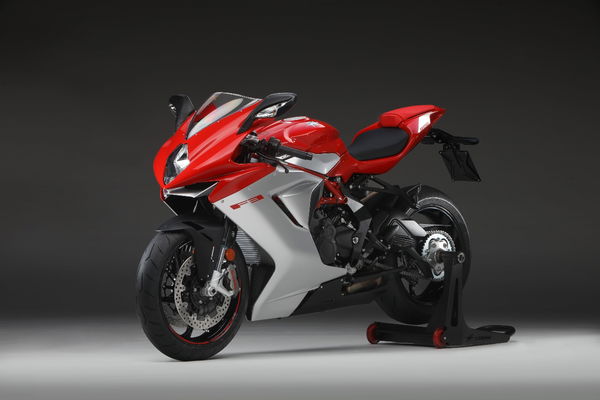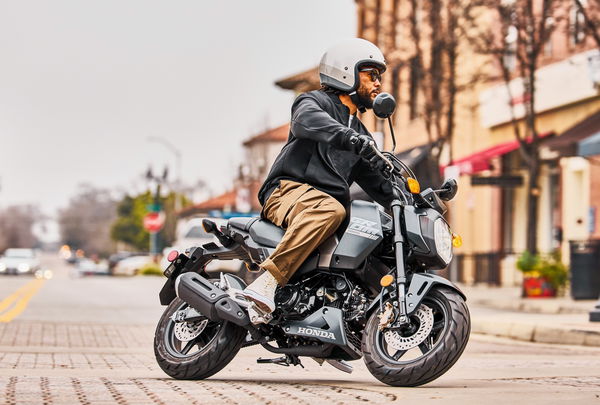Kawasaki has an eye on the future with predictive electronics
Kawasaki is considering lasers, cameras, and intelligent satellite navigation to allow its bikes to ‘understand’ its surroundings
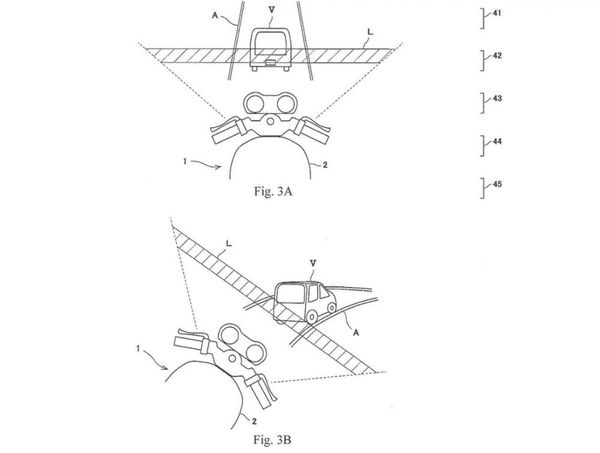
KAWASAKI is the latest of the big motorcycle makers that are looking to advanced on-bike safety systems to make the ride of the future even safer.
The new system from Kawasaki, as shown in the patent filings, is hoped to change the way existing safety technology interacts with the motorcycle. Instead of the bike’s ABS, traction control and electronic suspension being reactive to changes in what is going on around it, the new patent explains how the Kawasaki of the future can predict what is going happen and act preventatively.
Kawasaki ZZR1400 first impression review
One of the main changes noted in the patents is the way the bike gathers information regarding what is going on around it. Instead of just relying on sensors, accelerometers, and the engine, the new system also gathers data from sensors located on seat, pegs, and also from cameras located around the bike - that’s on top of signals already received from the bike’s IMU.
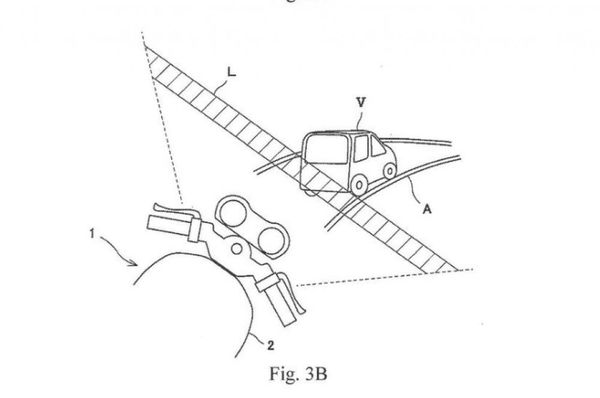
There are cameras monitoring the road ahead, doing so by sending the images that get to a system that can recognise lanes in the road, and approaching corners. The lasers we mentioned above are located in the nose of the bike and are used for measuring the distance to other vehicles, giving the bike vital time data and allowing it to then calculate a proactive response.
The new safety system also looks at real-time GPS data, helping it to understand the shape of the road ahead, and the severity of upcoming corners.
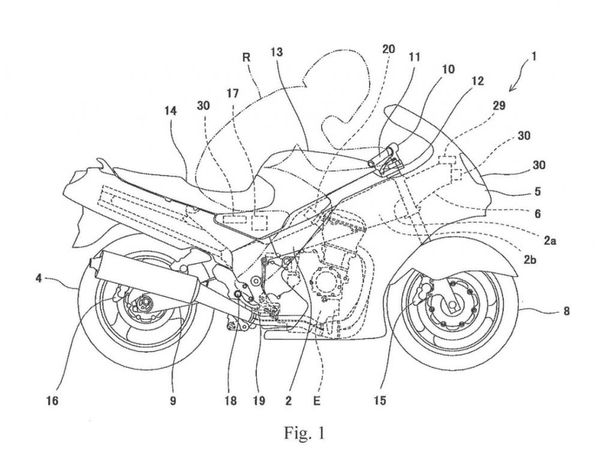
There is also a new type of data gathering system on the patent that sounds a bit Star Wars; the Skill Input Device. This somehow detects the rider’s skill level, training and ability, making it better able to determine their next move in any given situation. So the Kawasaki of tomorrow might actually be able to ‘fell the force’ from a rider.
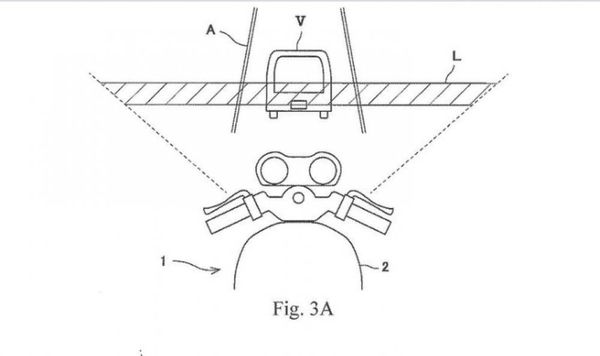
Advanced safety systems in cars are fairly commonplace, from common features like ABS, to advanced systems that notify a driver is they are becoming sleepy or drifting between lanes on the motorway. Seeing this type of tech drip down to the motorcycle industry is an obvious move, and anything that increases safety is a good move in our book.
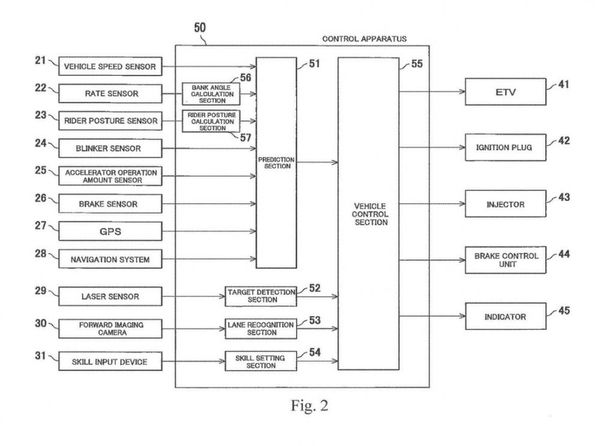
But is there a point when safety goes too far, is it taking too much of the way the bike is ridden away from the rider, and putting it in the digitized hands of a box full of wires and zeros and ones?
